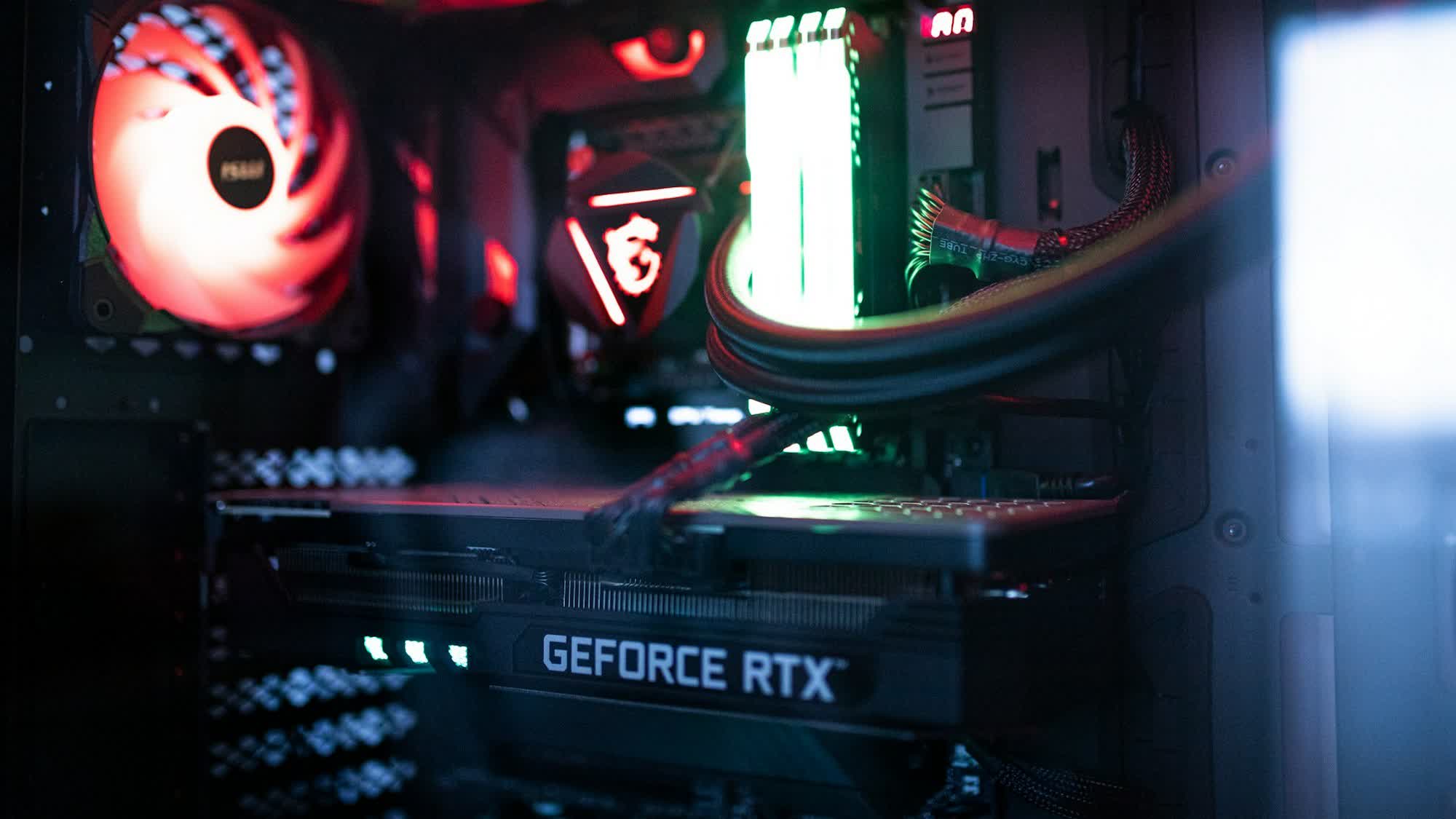The big picture: Nvidia first released an open-source Linux GPU kernel driver in 2022 for cards based on the Turing architecture and newer. The company has since taken significant strides towards improving its open-source kernel driver support with the recent release of its R555 Linux driver series and is ready to fully transition to an open-source GPU kernel with the upcoming R560 drivers.
According to Nvidia, the open-source GPU kernel modules have helped deliver “equivalent or better” application performance compared to its proprietary kernels. The company has also added new features like Heterogeneous Memory Management (HMM) support, confidential computing, and the coherent memory architectures of the Grace platform to its open-source kernels.
Nvidia believes that the shift away from proprietary software to open-source was the right move, and one that could help its GPUs deliver better performance across platforms.
It is worth noting that only select Nvidia GPUs are compatible with the open-source GPU kernel modules. This includes GPUs from the Grace Hopper and Blackwell platforms, which exclusively use open-source kernels. Proprietary drivers are unsupported on these platforms.
Other newer architectures like Turing, Ampere, Ada Lovelace, and Hopper support both proprietary and open-source kernel modules. However, Nvidia recommends that users switch to the open-source software for improved performance and reliability.

For compatible GPUs, the default version of the driver installed by all methods is switching from proprietary to open-source. However, users will have the ability to manually select the closed-source modules if they are still available for their platform.
Unfortunately, the open-source kernel modules are not available for GPUs from the older Maxwell, Pascal, and Volta architectures, meaning people still running a GTX 980 or GTX 1080 will have to continue using Nvidia’s proprietary drivers.
For mixed deployments with older and newer GPUs in the same system, Nvidia recommends continuing to use the proprietary driver for full compatibility.
Nvidia is aiming to fully transition with the R560 drivers, and the company has already released its first driver from this branch for Windows. While it’s still unavailable for Linux at this point, we expect that to happen sooner rather than later.
Do note that only the kernel modules are open-source, and not the user-space driver components, which remain closed-source for now. Still, it will be interesting to see new kernel driver benchmarks to assess how the open-source modules have improved performance.





